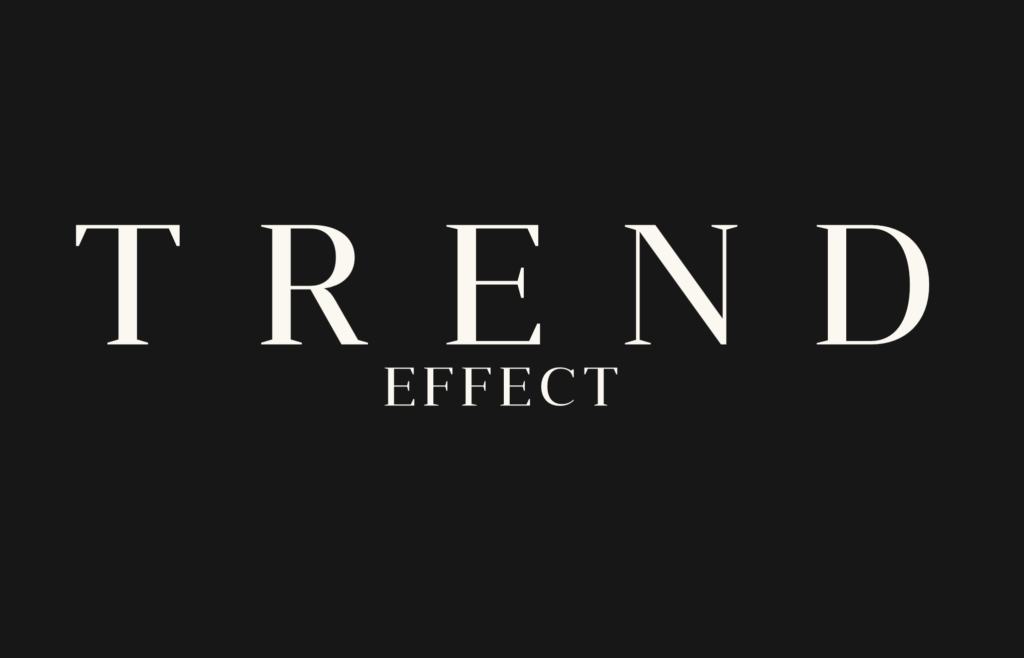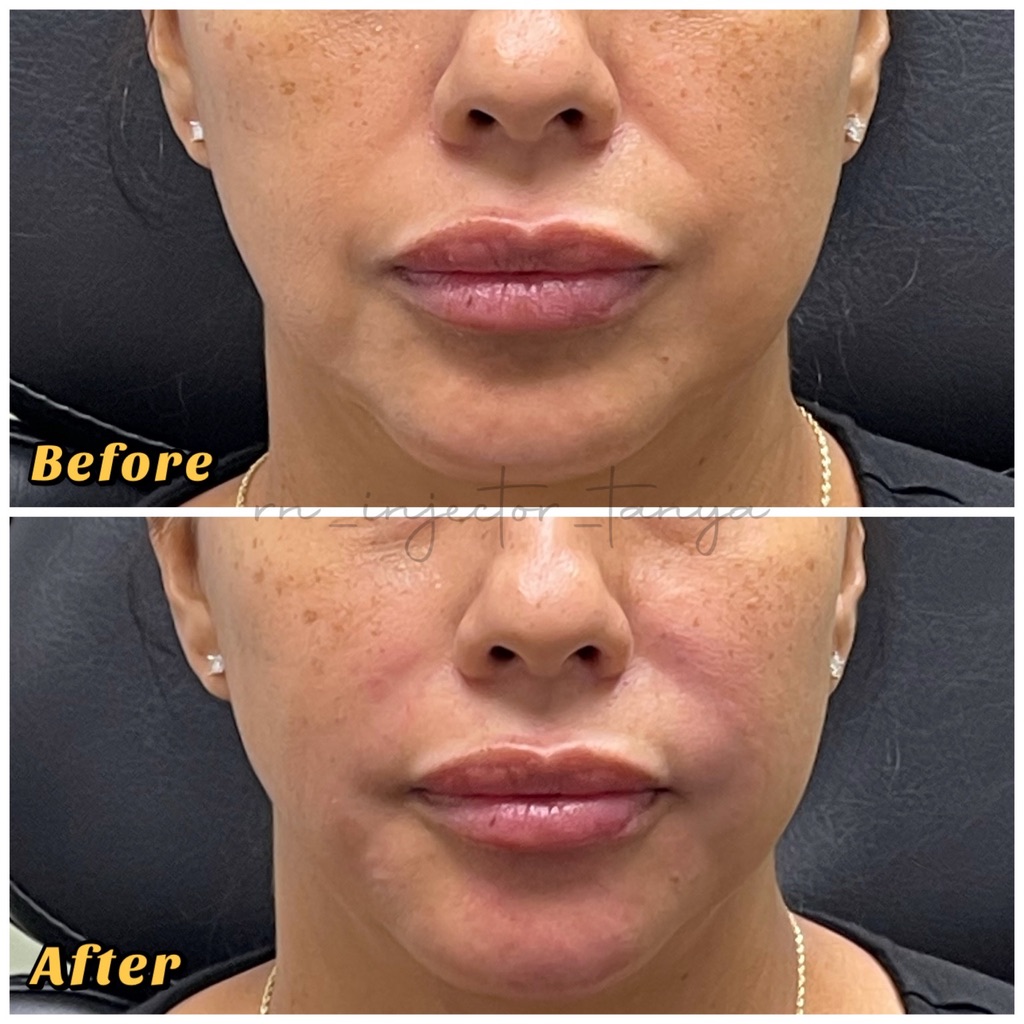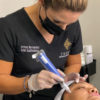Over the years, researchers and doctors have discovered a variety of treatment options for the body’s healing and growth. In fact, many aestheticians and medical spas often use these treatments for cosmetic purposes.
Platelet-Rich Plasma (PRP) and Platelet-Rich Fibrin (PRF) are two such common treatments used by medical spas all over the world. Both of them are quite effective and even though their names sound similar, they’ve quite a few differences.
In this guide, we’ll talk about PRP, PRF, and their differences in detail. So, let’s get into it!
What Is PRP?
Before we talk about the differences, it’s necessary to understand what PRP actually stands for.
First, let’s talk about plasma. It’s basically a type of blood component in which various proteins are present. These proteins help with blood clotting and hence, work towards your body’s healing.
So, PRP or Platelet-Rich Plasma is a type of treatment wherein the practitioners isolate plasma from your blood and then, concentrate it. Furthermore, they inject this plasma into the weak areas of your body to promote healing and growth.
Process of PRP:
Let’s try to understand the entire process of PRP treatment in detail:
- First, a doctor or healthcare professional will draw out blood from your body. The amount depends on where you need the PRP treatment done.
- Then, the healthcare professional will place the blood in a centrifuge to isolate plasma.
- The centrifuge machine will spin the blood quite rapidly. This will cause segregation of the blood components – one layer consisting of plasma, proteins, and growth factors whereas the other layer consisting of WBCs and stem cells.
- The first layer, consisting of plasma, proteins, and growth factors is injected into the patient’s affected area to promote healing and growth.
Hence, this is how the entire process of PRP takes place.
Applications of PRP:
There are several applications of PRP, owing to the various growth factors and proteins present in the isolated plasma. So, you’ll typically find that PRP is used for:
- Cosmetic uses for skin
- Hair loss treatment to promote hair growth
- Healing sports-related injuries
- Healing tendon injuries and osteoarthritis
- Repairing body parts post-surgery
However, do note that FDA hasn’t approved this treatment yet.
What Is PRF?
PRF or Platelet-Rich Fibrin is a type of second-generation PRP. So, the idea and method behind these two treatments are slightly similar but definitely not the same.
One of the major differences between PRF and PRP is that the former one contains WBCs, along with proteins.
Process of PRF:
Both PRP and PRF have a similar process. So, if you’re considering a PRF treatment, the process includes:
- First, the medical professional draws out a specific amount of blood from your body.
- Then, the blood is put into a centrifuge machine.
- Here, the machine spins the blood at a bit slower speed. So, the blood components segregate but not completely.
- Thus, the plasma contains both proteins as well as some amount of WBCs as well.
- The medical professional further injects the PRF into the affected area, using an injection.
Applications of PRF:
As the PRF treatment is a second-generation PRP, the applications here remain the same. Thus, it can be used for hair growth, reparation of tendons, post-surgery repairs, and sports-related injuries too.
Difference Between PRP and PRF
Now, the real question is what’s the difference between PRP and PRF? Well, let’s understand each one in detail.
- Process
Even though most of the process of PRP and PRF remains the same, you will still find a huge difference here.
As mentioned above, when the blood is in the centrifuge machine, it’s spun at high speed in the case of PRP. This causes the blood to segregate into two proper layers, one containing blood proteins and the other one containing stem cells and WBCs.
On the other hand, in PFP, the centrifuge machine is spun at a lower speed. So, there isn’t total segregation of blood components. It’s because some amount of WBCs is present with blood proteins too.
- Serum Components
Due to the difference in the speeds of the centrifuge machine, the serum components for PRP and PRF differ.
The PRP serum consists of only platelets and blood proteins. Conversely, PRF serum consists of platelets, blood proteins, and WBCs too.
- Benefits
Now, let’s talk about the benefits of both PRP and PRF.
Usually, both of the treatments are quite effective for body healing, skin rejuvenation, and growth. However, PRF is certainly the more beneficial treatment.
PRF is more efficient as the platelet count here is ten times more than the body’s count. On the other hand, in PRP, the platelet count is only up to two to five times more.
Also, as PRF serum contains WBCs, along with platelets, the healing process is better and works faster than in PRP.
- Comfort
If you’re someone who’s queasy with blood, then comfort is a huge difference between PRP and PRF.
Typically, the blood requirements for PRP are more than PRF. So, you may have to sit for a longer time during PRP for blood extraction. On the other hand, the blood requirements for PRF are somewhat less and the extraction time is relatively low.
- Side Effects
Both PRF and PRP have minor risks of side effects. These include – allergies, swelling, mild pain, and bruising. There’s a slight risk of infection as well.
However, note that while PRP isn’t FDA-approved, PFP is FDA-approved. So, it might be the safer option.
- Cost
Usually, both PRP and PRF treatments start from $500. But, PRP may get more expensive as it can go up to $2500 whereas PRF can go up to $1500, depending on the treatment and seatings.
PRP vs PRF: Comparison Table
The table below summarizes all the major differences between PRP and PRF.
| Category | PRP | PRF |
| Full-Form | Platelet-Rich Plasma | Platelet-Rich Fibrin |
| Process | Blood is spun at high speed in a centrifuge machine to segregate blood components. | Blood is spun at relatively low speed in a centrifuge machine to segregate blood components. |
| Serum Composition | PRP serum consists of plasma, platelets, and blood proteins only | PRF serum consists of plasma, platelets, proteins, and WBCs. |
| Efficiency | Less effective than PRF | More effective due to the increased number of platelets and WBCs too. |
| Cost | Costs between $500 and $2500 | Costs between $500 and $1500 |
| Comfort and Time | More time-consuming and less comfortable | Less time-consuming and more comfortable |
| FDA-approved | No | Yes |
Final Thoughts: Which One Is Better?
Both PRP and PRF treatments are highly effective. But, if we have to suggest one, it would be PRF.
The PRF treatment is more efficient, less time-consuming, and relatively inexpensive too. It’s also perfect for cosmetic treatments, such as facials, hair growth, and many more.
So, if you want, you can book your own PRP or PRF treatment at a trustworthy medspa.



